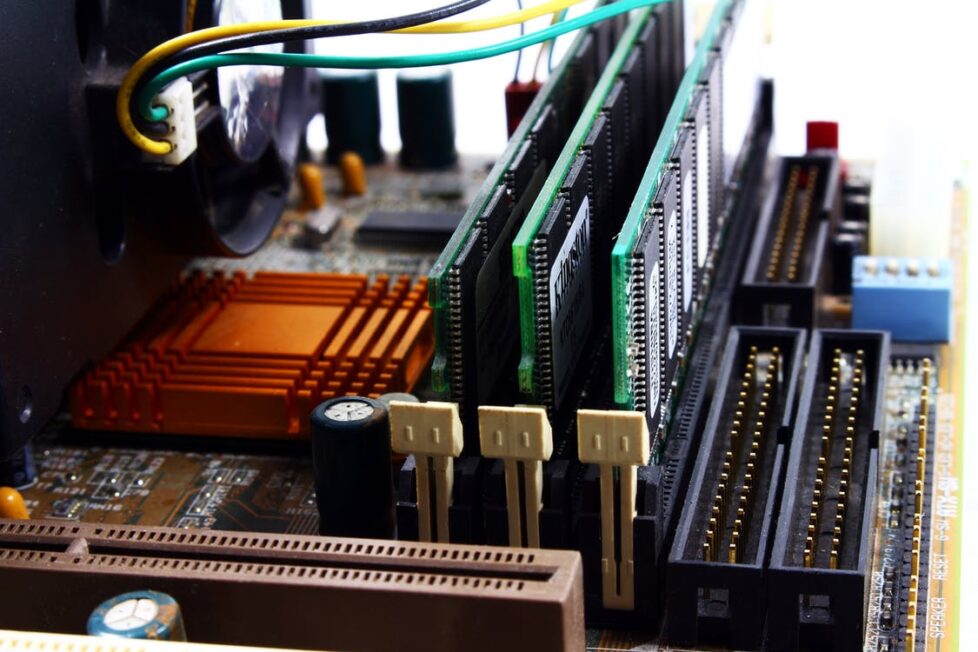In this data decade, organizations are looking to get the most out of their data, developing new technological breakthroughs that everyone will experience somehow.
The more quickly and effectively an organization can harness the power of this data, the better – to ensure it can adapt to fast-changing markets and customer and technology conditions.
To enable this, organizations in Kenya must simplify and automate their IT infrastructure while consolidating systems and services into holistic solutions that enable more control and clarity. The future digital leaders can’t be built on the technology approaches of the past – IT needs to evolve to provide a technology foundation that accelerates digital innovation.
Hyperconverged infrastructure (HCI) has emerged as a solution to the slow deployment and complex management of IT in the traditional economy.
The global HCI Market is expected to grow from USD 7.8 Billion in 2020 to USD 27.1 Billion by 2025, at a CAGR of 28.1% as per ResearchandMarkets.com. This striking growth rate is happening because a large and growing number of companies are deploying HCI solutions to run a mix of workloads, including those that are deemed mission-critical.
Also, with the advent of the Internet economy and industrial Internet, HCI has evolved and upgraded from the “old three layers” (compute, networking, and storage) to the “new three layers” (cross-architecture, hybrid multi-cloud and application innovation).
While HCI was initially aimed at fast deployment, simplified management and improved IT responsiveness, it has upgraded to meet the needs of digital transformation, delivering efficient modern industrial Internet applications while enabling staff empowerment, global collaboration and clustering across industries.
The new hyper-converged platform integrates the three layers of traditional IT architecture and provides prior configuration and optimization according to user requirements.
As a result, this enables rapid deployment of IT and simplifies IT operations and maintenance management procedures and costs.
The new hyper-converged platform also leverages Artificial Intelligence Operations (AIOps) to improve lifecycle intelligence management capabilities for cross-architecture and hybrid multi-cloud resources and applications.
It delivers modern DevOps platform capabilities to ensure rapid iteration and continuous delivery of application development. The main features of the modern new three layers of hyper-converged platforms include:
- Empowering IT managers with intelligence architecture platforms
- Empowering Operations Technology (OT) managers by enabling micro-segmentation across edge-to-core to multi-cloud resource platforms and software-defined networks
- Accelerating IT-OT integration
- Empowering application developers with industrial Internet-ready application delivery platforms
- Delivering seamless integration of the hyper-converged platform and mainstream public cloud platforms
- Expanding global collaborative development
- Providing an aligned multi-cloud architecture to facilitate clustering across the industrial chain, build total-factor digital productivity, and unleash the momentum of digital innovation
Success in digital transformation also requires new thinking about the creation, analysis, and
consumption of data being created at the edge. To enable an agile environment across core and edge, IT leaders are modernizing their data centres with scalable hyper-converged systems to provide standardized hardware and software-defined infrastructure without sacrificing performance or reliability.
The modern HCI systems available today represent a new phase of data centre convergence that is fundamentally different from these early iterations and drives new levels of business value benefits.
Broadly speaking, hyper-converged infrastructure deployments can help drive lower capital costs, increased operational efficiency, reduced risk, and reduced data centre facilities costs.
As more businesses look to modernize their infrastructure, generating IT efficiencies and reducing IT costs, it’s no surprise that HCI continues to gain traction. What was once a solution targeted at remote offices and branch locations is now being deployed across core, cloud and edge because of its simplified operating model and ability to address almost any workload.
The simplicity, scalability, and agility of HCI continue to catalyse data centre modernization and help businesses transform their IT operations.
Bernard Wanjau – Server and Networking Group (DCC) Sales Lead, Kenya – Dell Technologies




